It’s summer, with longer days, more sunshine, and warmer weather. It’s a great time to be outside — but as someone who hasn’t always loved being outside, I get that it’s not always easy as saying “get outside!” Being outdoors and in nature does not come naturally to me. I’d rather be inside in the air conditioning, wearing comfy sweats, and curled up with a great book. However, I know that both my son and I are happier, much less stressed, and healthier being outside, getting plenty of sunshine and fresh air, and exploring nature…even if I don’t always love the bugs.
It’s been a process for me. Because I want my son to love nature, I have had to very deliberately choose outdoor activities like our nature class, and make a concerted effort to take our homeschooling outside when we can, even if it’s just a morning walk around our condo building, or sitting outside on a blanket for our read-alouds.
While I still consider myself a “newbie” with the outdoors, I love reading memoirs about those who are more adventurous than I, like Morgan Sjogren’s Path of Light, or Jennifer Pharr Davis’s Becoming Odyssa. But there are other books that are great to read to help you get started on your outdoorsy journey — whether you’re thinking about hiking, trying an outdoor sport, or not quite sure you “belong” in the outdoors. (You do). I’ve put together a list of some books to pique your interest, encourage you, or provide you with some reassurance about getting started on your outdoor journey.
Fat Girls Hiking: An Inclusive Guide to Getting Outdoors at Any Size or Ability by Summer Michaud-SkogI got this book when I started to think about hiking and being outside more, and I think it’s great for people of any size. It’s very easy to get intimidated by other people on the trail, especially if you look or feel like you’re not “the type” of person to hike or be outdoorsy. Michaud-Skog outlines how she got started hiking, how FGH came about, and how accessibility is and can be centered in outdoor activities like hiking. With plenty of pictures and lots of practical advice, this is a great book with which to get started. There’s also an Instagram (@fatgirlshiking). |
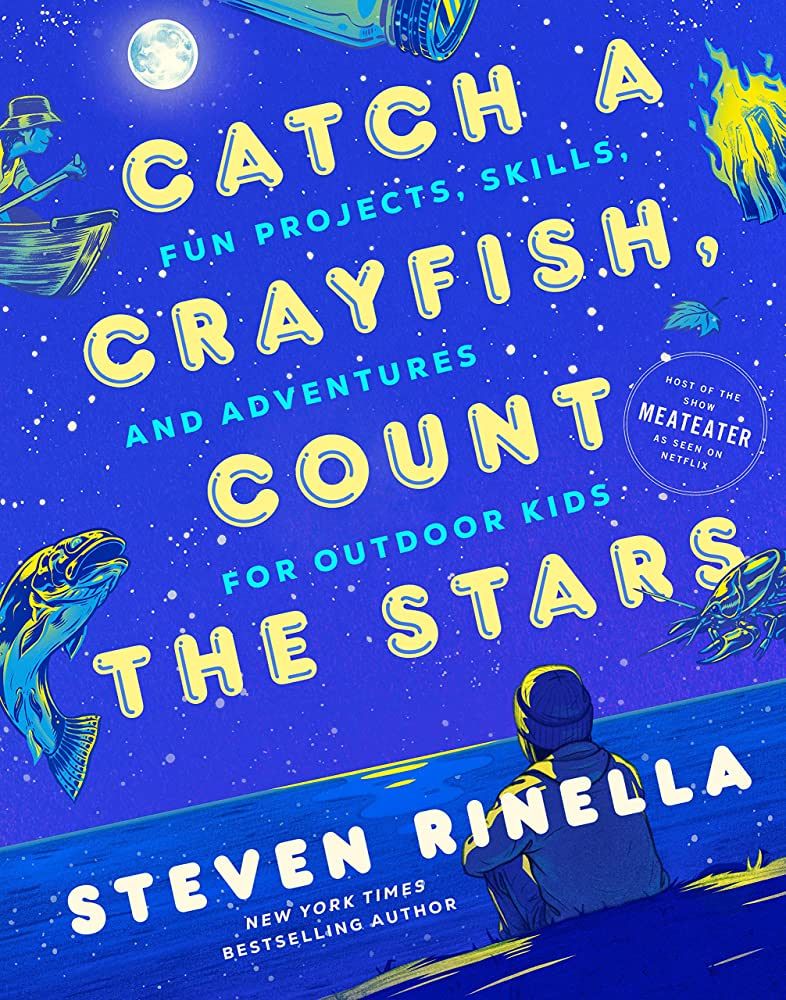
Catch a Crayfish, Count the Stars: Fun Projects, Skills, and Adventures for Outdoor Kids by Steven Rinella (June 13th)Rinella’s book Outdoor Kids in an Inside World was a game-changer for me, and so I was excited to see this book. This feels like one I’ll dive into a lot with my son, especially this summer. There are things like putting together an explorer’s kit, making your own compass, how to learn different kinds of knots, foraging tips, beach treasure hunting, cleaning fish, and much more. It’s an adventure-filled, informative, and interesting book full of fun activities to do throughout the year. It’s mainly geared for kids ages 8 and up, and some of the activities do require an adult’s guidance or supervision (clearly stated in the book). |
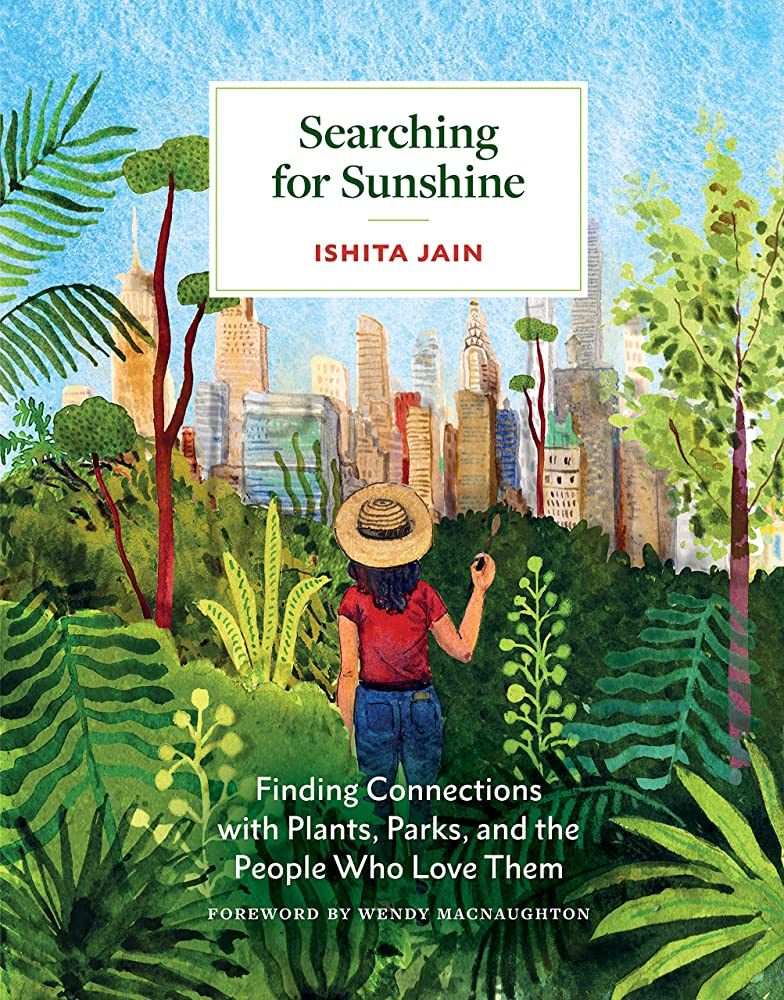
Searching for Sunshine: Finding Connections with Plants, Parks, and the People Who Love Them by Ishita JainThis gorgeously illustrated book is a deep dive into the question of “Why do plants and green spaces make us happy?” After moving from New Delhi, India, to NYC, Jain found comfort in parks and gardens, and started thinking about how important these spaces are. This is a collection of drawings, essays, and interviews to find out more about the topic, and explore how important nature is, even in places like cities, where it’s not as easy as just stepping outside your door. |
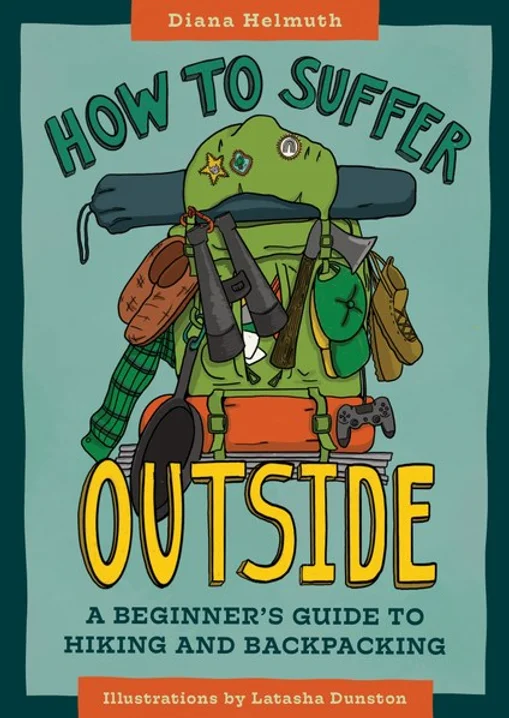
How to Suffer Outside: A Beginner’s Guide to Hiking and Backpacking by Diana Helmuth and Latasha DunstonThis was one of the first books I read when I started thinking about becoming more outdoorsy, and it had me giggling out loud as I read it, but it was also filled with so much practical information and fun illustrations that it’s a keeper. Humorous, honest, and useful, this book combines personal anecdotes with research and input from other people to provide reassurance and information about everything you could want to know: going to the bathroom outside, what to wear, how to pack, where to find all the gear, what do you really need and what you can ditch, and throughout it all, Helmuth provides insight and criticism of hiker/outdoorsy culture. |
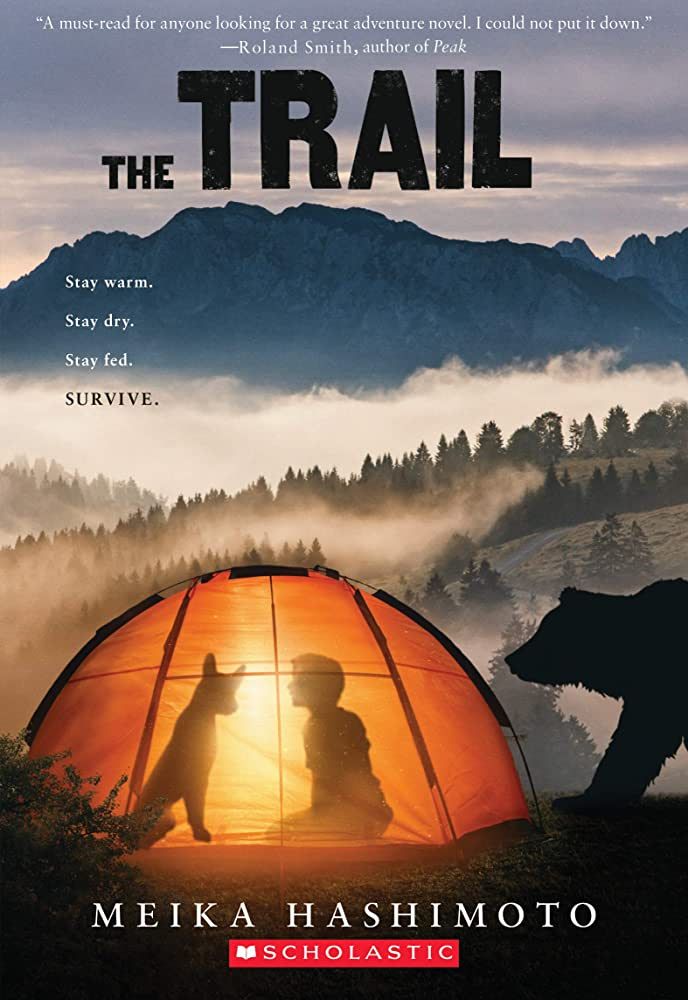
The Trail by Meika HashimotoMy son and I read this middle grade novel together a few months ago, and set up a whole unit study on it. We put a tent in the playroom, bought some camping food from REI, and concurrently learned about the Appalachian Trail. Though slightly unrealistic (at least to me, as an adult), my son loved this novel about a young boy, Toby, who sets off to hike the Appalachian Trail — the last thing on The List, a list of amazing things he and his best friend Lucas planned to do together. But now Lucas is gone, and Toby promised himself that he’d finish the list. It’s an adventure tale of survival, finding out who you are, and discovering what you’re made of. After we finished, I had to gently tell my son that no, we couldn’t just decide to hike the Appalachian Trail right now. |
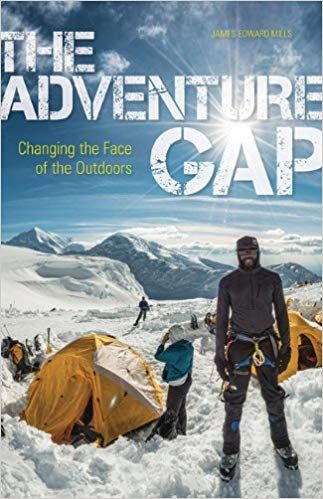
The Adventure Gap: Changing the Face of the Outdoors by James Edward MillsIt’s one thing to say the outdoors is for everyone — but it’s also true that not everyone uses outdoor resources equally, for a variety of reasons: access, safety, feeling welcome, and more. Marginalized populations are much less likely to utilize wilderness spaces. Mills addresses these issues in this book, and also writes about the first all-African American climbing team to climb Denali, in Alaska. He writes about the journeys and accomplishments of the various members, shares his own story, and looks at how these stories are situated in our larger world. |
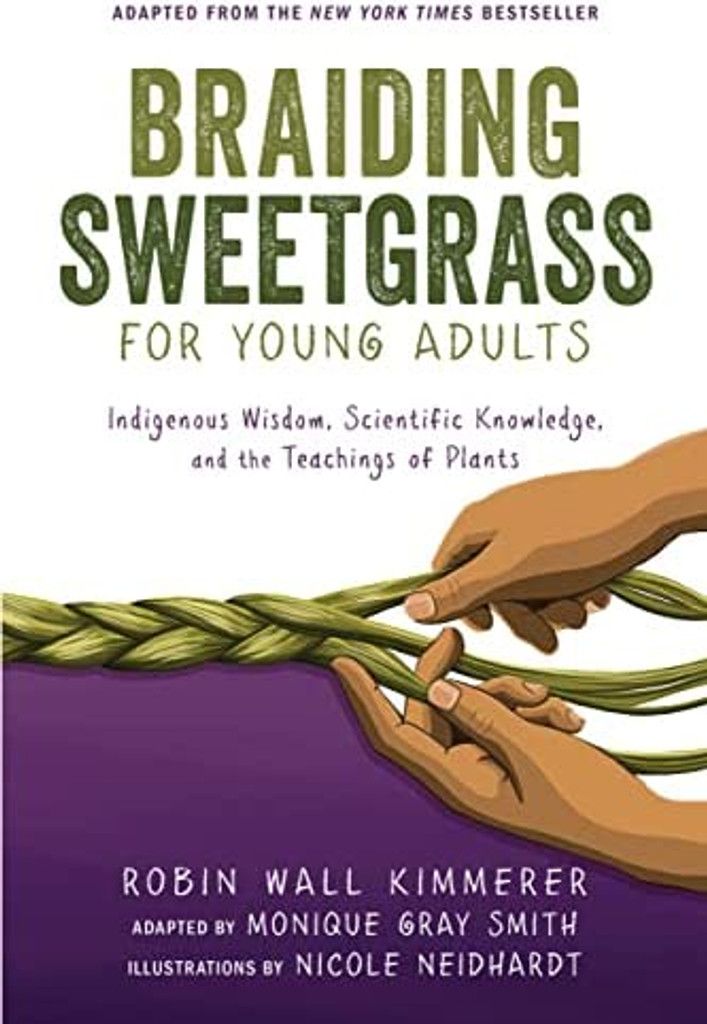
Braiding Sweetgrass for Young Adults: Indigenous Wisdom, Scientific Knowledge, and the Teachings of Plants by Robin Wall Kimmerer, Monique Gray Smith, and Nicole NeidhardtI’ve read the regular version of Braiding Sweetgrass, but I couldn’t resist grabbing this one, either. It’s filled with wonderful illustrations, and while I got it initially to look at for use with my son, I’m loving it myself. In addition to discussing our relationship to the land, storytelling, and history, there are prompts for discussion and reflection. It’s a gentle but powerful book that’s great for easing your way into teaching and talking about ecological issues with children and young adults. The book deftly illustrates the connections we can have with plants, and the writing is beautiful. |
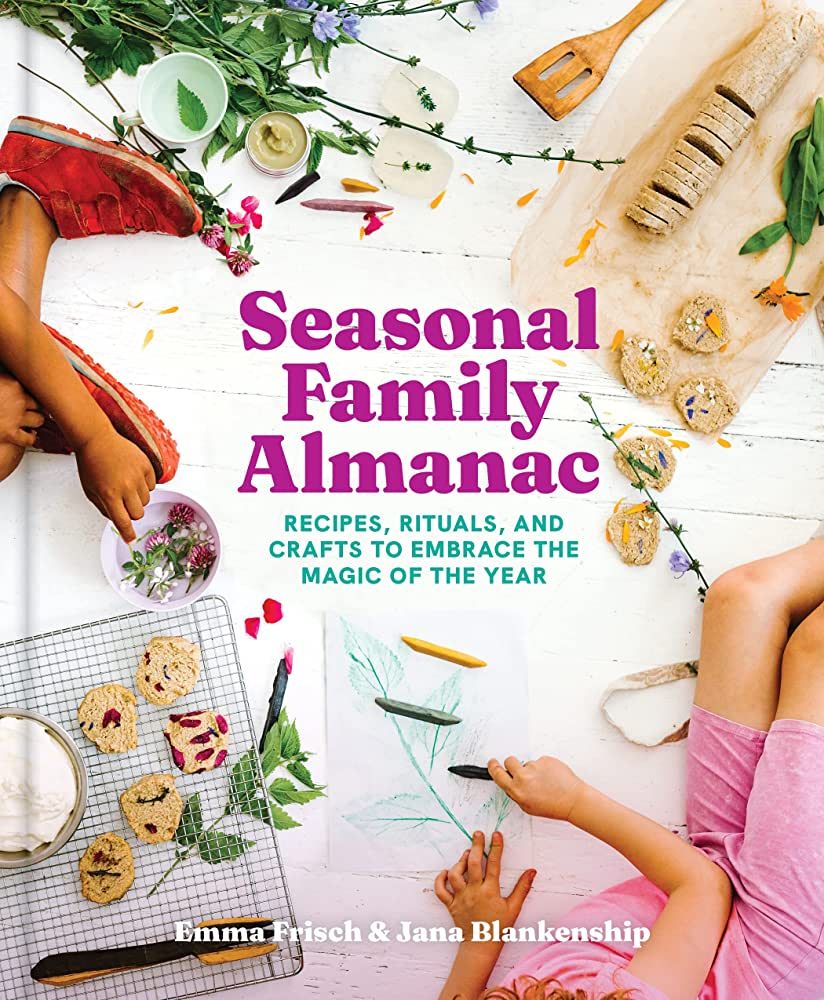
Seasonal Family Almanac: Recipes, Rituals, and Crafts to Embrace the Magic of the Year by Emma Frisch, Jana Blankenship, and Allison UsavageAnother book for those with kids, this book takes more of a nature approach, and it’s full of food and drink recipes, crafts and activities, and stories and anecdotes. Set up by season, it’s a truly inclusive, diverse collection of things you can do with your family that are nature-centered and mindful of the Earth and seasons. Things like making lemon balm tea, rainbow window prisms, pumpkin spice face masks, or pinecone bird ornaments — they’re simple but fun things, and I was pleasantly surprised to really enjoy the book. It’s accessible, fun to read, and is also just plain pretty to look at. |
Which book will be the start to your outdoor adventures?
If you’re looking for more outdoorsy books, check out this post by a fellow Rioter about memoirs of women who hiked the Pacific Crest Trail, and this post of mine on the nature writing that helped me fall in love with the outdoors.
Source : Outdoors is For Everyone: Books to Help You Get Outside













